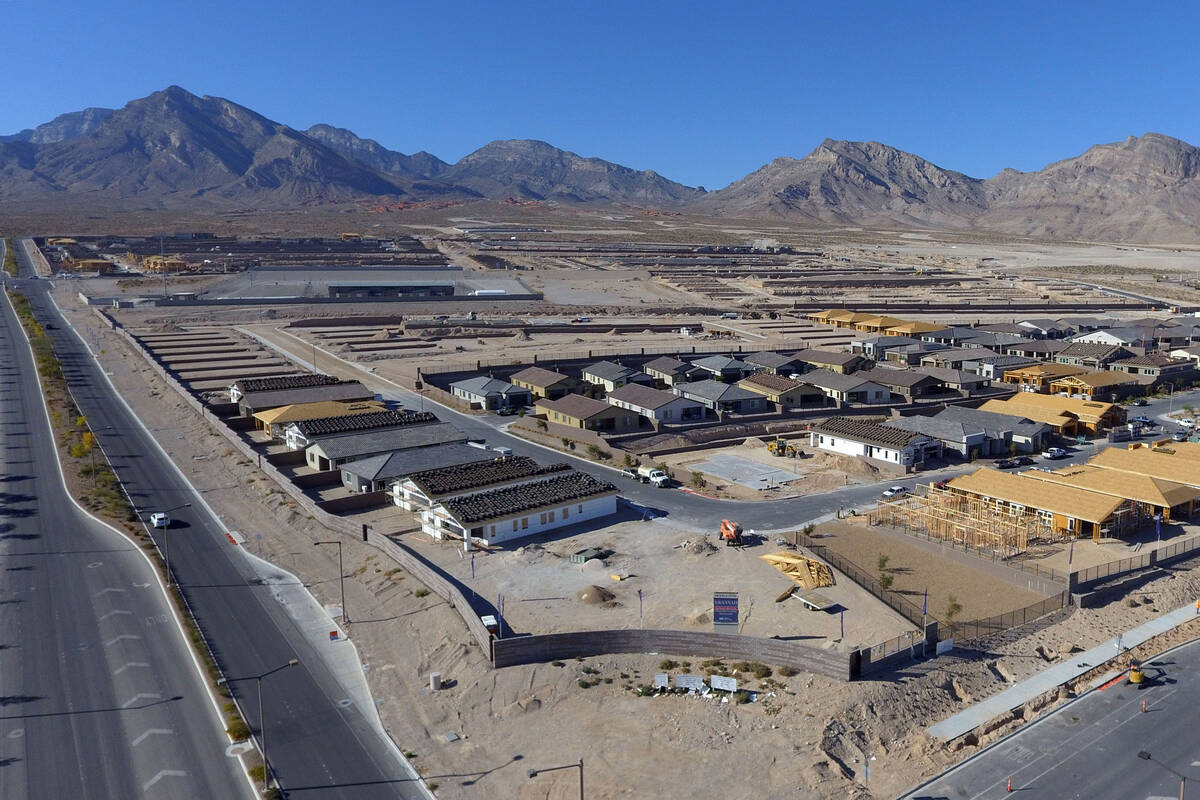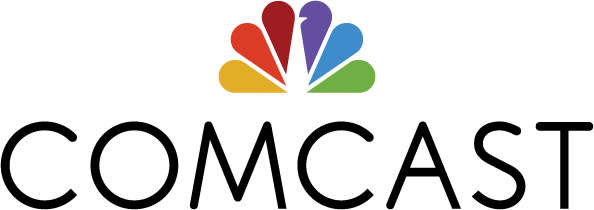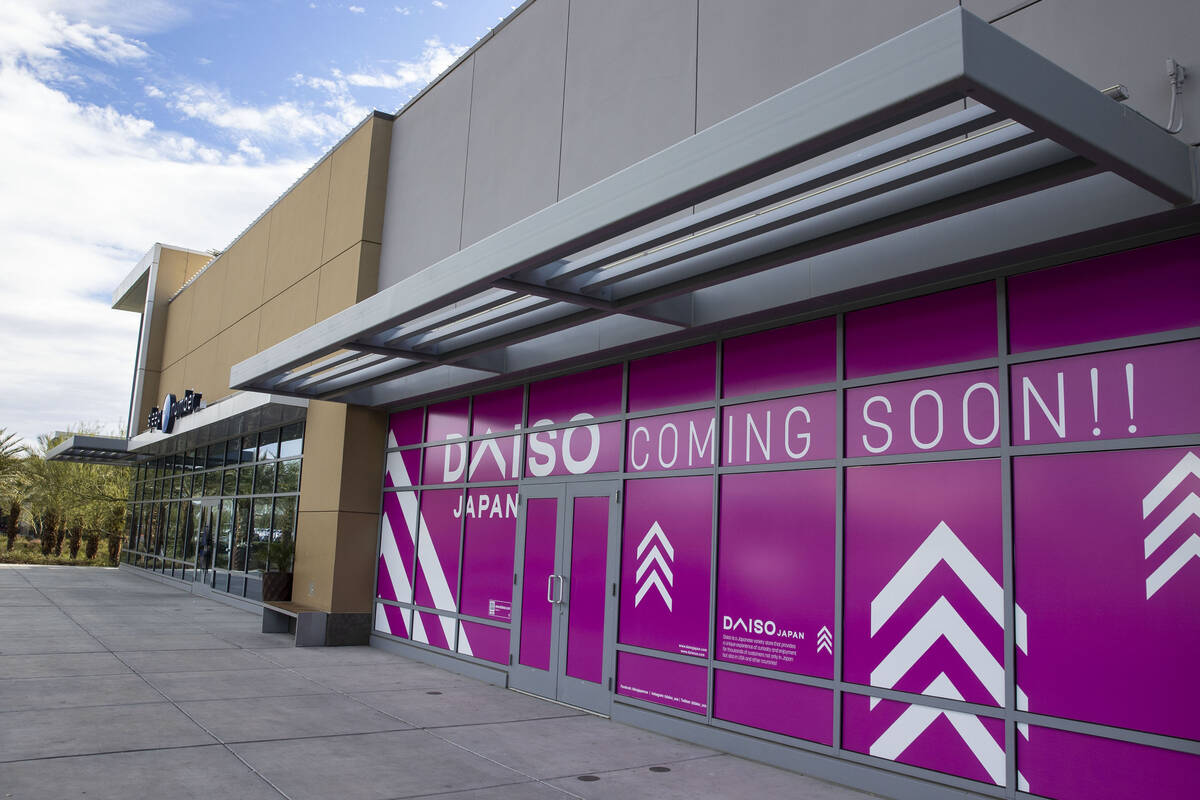Given our reliance on tourists who come here to eat, drink, gamble, and party, the Las Vegas economy has long been prone to extreme ups and downs.
But across the valley, in the land of stucco with red-tile roofs, the Las Vegas housing market has shown that it can be just as volatile.
Property prices in southern Nevada have turned their stomachs in the past two decades: the market has hit the bottom, is on the brakes, and is repeating itself.
It accelerated once again in the past year with soaring sales and record prices, largely thanks to the cheap borrowing costs that have allowed buyers to break their budgets. Las Vegas is not alone – real estate prices have also risen across the country.
But property values in southern Nevada have risen faster in the past than they are now, and much faster than the national average. After the economy collapsed about a decade ago, home prices also fell faster here than in the US as a whole.
Lately, our frenzy has been largely the same as other cities, characterized by short stocks, multiple offers, and sellers staying in control as people try to buy a spot at historically low interest rates.
House prices in southern Nevada rose 23.8 percent year-over-year in August, compared to a 19.8 percent increase nationwide, according to the S&P CoreLogic Case-Shiller Index released this week.
In August 2020, house prices rose 4.7 percent locally compared to the previous year, while nationwide they rose by 5.8 percent, as the index shows.
In the mid-2000s, Las Vegas was ground zero to America’s housing bubble when lenders were mortgaging virtually everyone. Builders developed waves of subdivisions in the valley, investors drew up plans for numerous condominium towers, and houseflipping was an easy moneymaker.
Overall, real estate prices in Las Vegas in September 2004 were 53 percent up on the previous year. Nationwide, annual price growth reached 14.5 percent in September 2005, according to the Case-Shiller Index.
When the bubble burst and the economy faceplanted, few areas were hit as hard as southern Nevada. Job losses skyrocketed, property values plummeted, construction largely came to a standstill, and the valley was littered with abandoned, partially built projects.
Many people across the valley also lost their homes to foreclosure, creating a widespread squatter problem.
By the end of 2008, house prices in Las Vegas had fallen nearly 33 percent year over year. Nationwide, the fall in prices at the beginning of 2009 was the worst at just under 13 percent.
The Las Vegas market rose again in 2013 when bargain hunters bought cheap homes in bulk to convert them into rental apartments. Given the severity of the crash, there was no shortage of supply and prices accelerated again, albeit this time out of the gutter.
By the summer of 2013, house prices in Las Vegas were 29 percent year-over-year, compared to a 10 percent increase nationwide at the time, Case-Shiller said.
Housing is a cyclical industry that is prone to ups and downs, but the Las Vegas market has been more volatile than most. It has a temporary population and always seems to attract foreign investors, and there is still plenty of building land.
Plus, buying real estate can essentially be a kind of game of chance: you bet that the value of a property will go up and you can make money at some point.
Some win big and some are wiped out. What’s more Vegas than that?
Contact Eli Segall at esegall@reviewjournal.com or 702-383-0342. Follow @eli_segall on Twitter.













